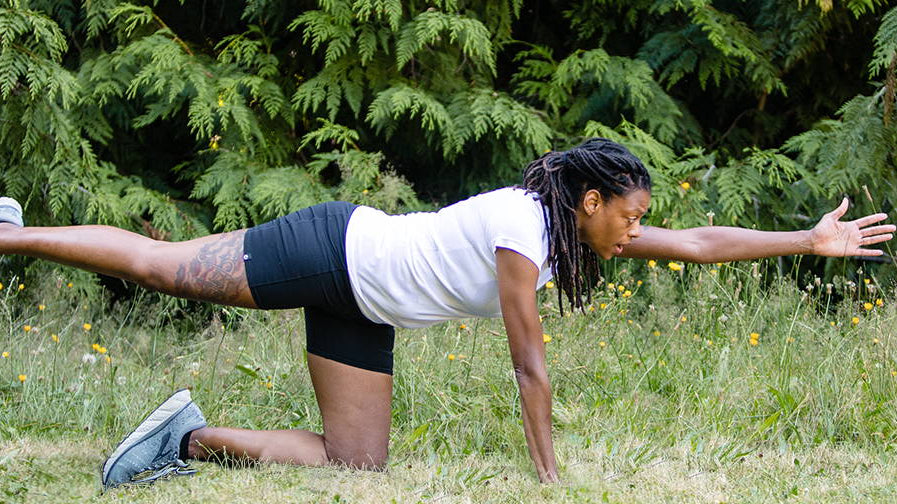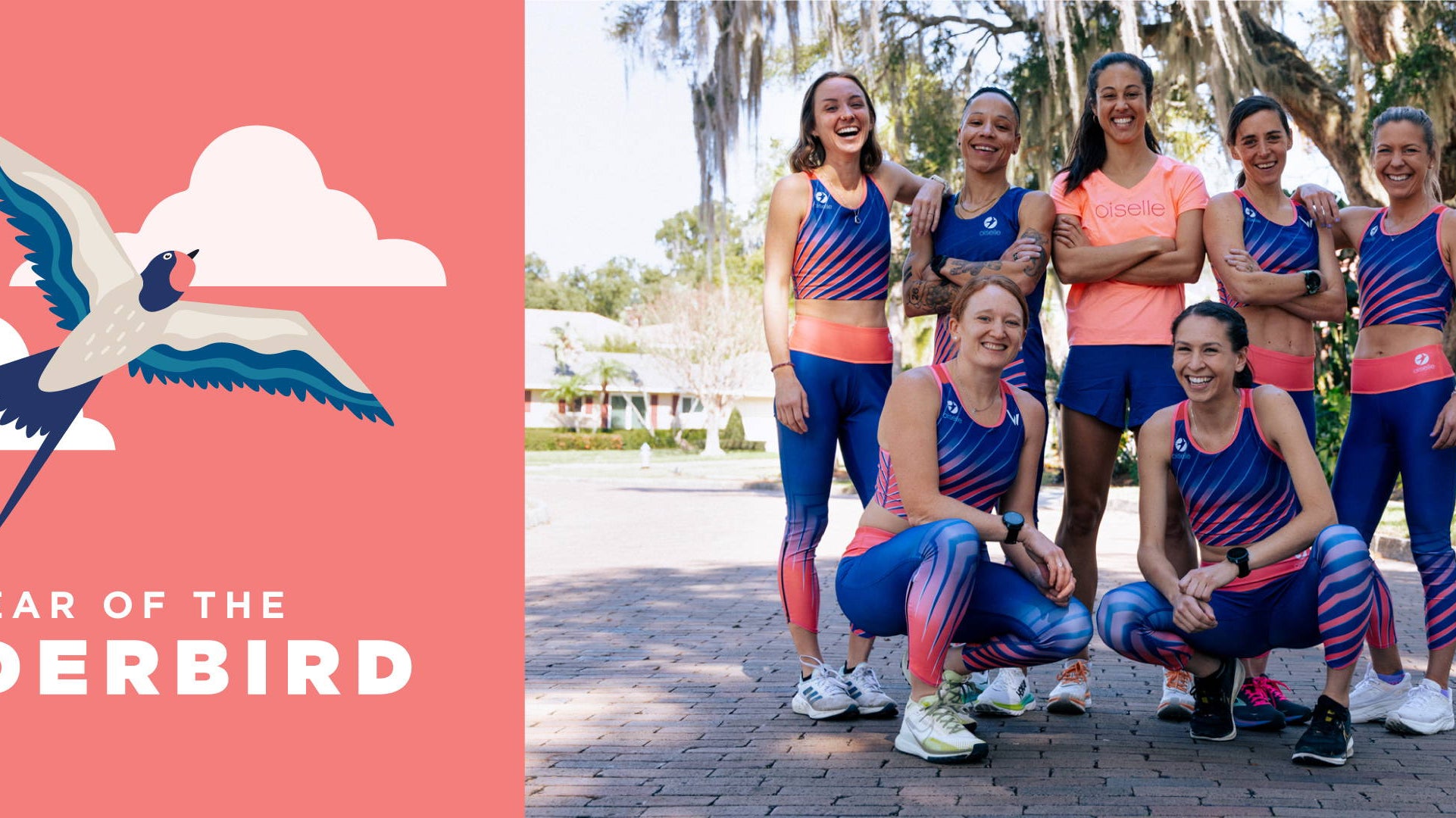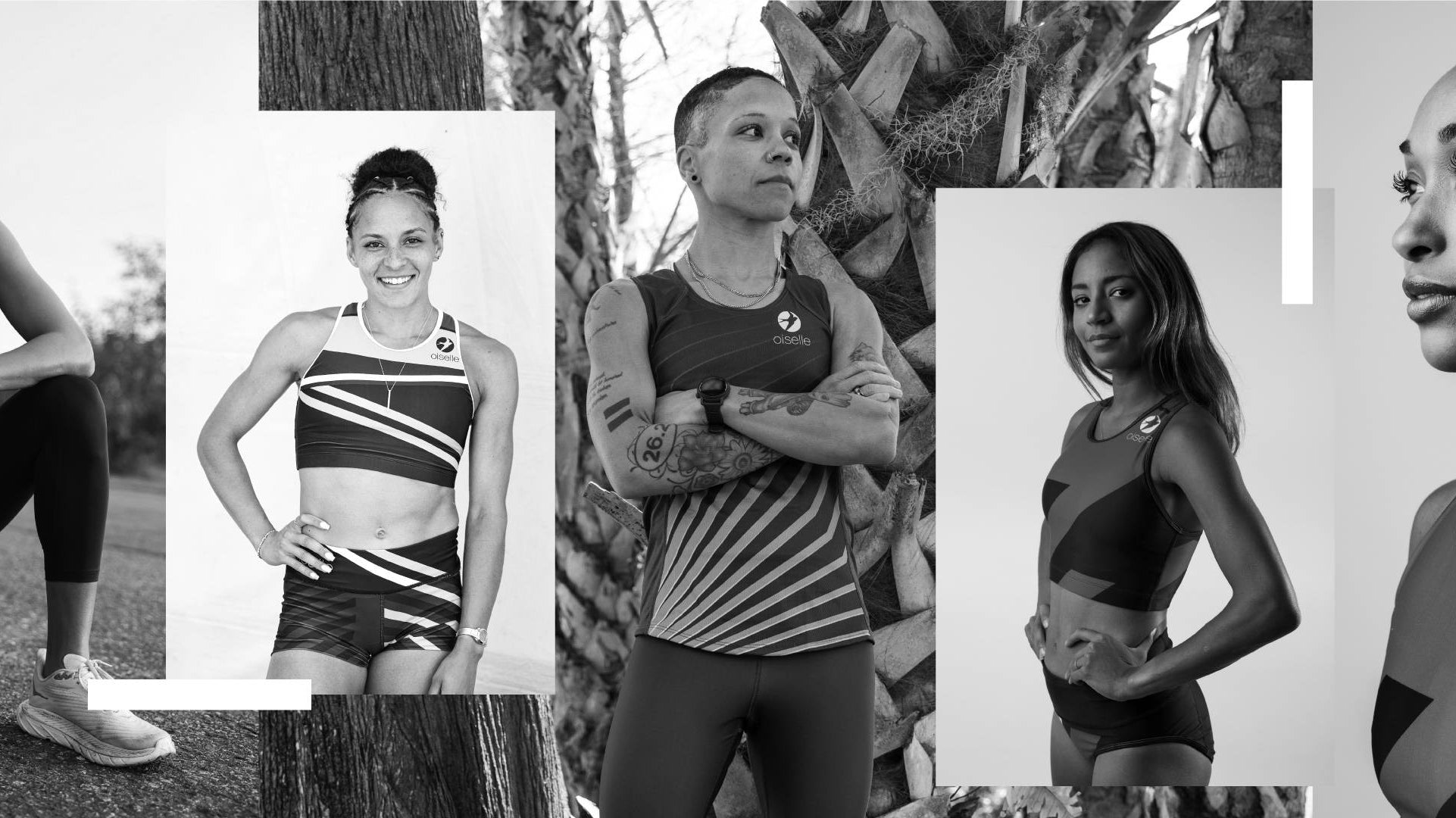
|
Guest Blog by Lauren Fries Lauren works at Oiselle by day and runs around Seattle by night. Find her on Twitter @laurenefries or check out her Oiselle athlete profile here. She is already planning her sub-4:00 comeback effort. |
Advance warning: this race report gets a little long! Scroll down to the end for the highlights if you're in a rush, and enjoy the pictures along the way.
It all started with the crazy idea to run a marathon in Paris. For a runner, 26.2 miles on foot is best way to see the City of Lights. It would be the perfect end to a two-week adventure through Europe.
What I didn’t know was that running a marathon abroad is an exercise in adjusted expectations. Your pre-race rituals fly out the window. Packet pick-up, night-before dinner, morning-of breakfast, post-race ice bath – nothing is the same as it is at home. For the more adventurous soul, this might be an exciting challenge! For me, it was scary and stressful – worrying about all the logistics meant my head wasn’t in the right place when I got to the starting line.
As I waited in my corral, within spitting distance of L'Arc de Triomphe, inching slowly forward for 45 minutes, I tried not to tick off all the reasons I wouldn’t perform well that day. Instead of letting any hits against me take over, I zeroed in and focused on my goals. I pictured my secret A-goal in my head: a finish clock that said 3:59:59. Greg McMillan told me I could do it; my recent 13.1 PR of 1:53 told me I could do it; my Yasso 800s at 3:55 told me I could do it. I tried to shut out that voice in my head that said I couldn’t.

It’s not an exaggeration to say I don’t remember much of the actual race. It’s a blurry kind of fog in my memory. We started at L’Arc de Triomphe, and ran down Les Champs Elysées. We ran by the Bastille, the Grand Palais, the Notre Dame, Musée d’Orsay, and finally, the Eiffel Tower. I wish I could summon more of the course to my mind. I do remember the crowds that lined much of the course, shouting “Allez Lauren!” Many spectators thought I was French because my singlet said Oiselle – as you know, French for bird.
The first 5 miles clicked off with great splits: not too fast, not too slow. I focused on the advice given me by my marathon-expert coworker Christy: lock in a decent for the bulk of the race and “bust it out at mile 22.” Of course, knowing something on paper doesn’t mean following it in practice. As soon as I caught sight of the 4:00 pacer, I felt myself speeding up to catch him – faster than my comfortable pace of 9:20ish.

For the next 13 miles – from 5 all the way to 18 – I was between 15 and 60 seconds behind the 4:00 pacer. I knew I was out of my comfort zone, and that trying to chase the pacer would not end in success for me. I tried to slow myself down, to calm my brain, to run my own race, to let my body settle into the pace it wanted to run, but I just couldn’t do it.
My Garmin died at mile 17, immediately after emerging from a half-mile-long tunnel to run along the Seine. Not long after that – maybe mile 19 or so, but I don’t remember – I hit the wall and hit it hard. I never doubted I would finish, but instead of soaking in the final 10k with a smile, I slugged it out with gritted teeth.
Immediately after crossing the finish line, I burst into tears. After more than an hour of feeling miserable, I was so happy to be done. I cried for the next 15 minutes straight as I collected my medal, shirt, bag, and water and wove my way through the crowds to find my boyfriend.

My time, I found out later, was 4:12, a three-minute PR for me. Weeks later, I’m focusing more on the fact that I’m fit enough to run a marathon and lucky enough to do it in a place like Paris than the actual PR. It’s not a race I’m necessarily proud of: I made mistakes that I knew were mistakes while I was making them. Even though I actively tried not to worry about PRing in Paris, I wanted to run a race I was proud of, and I felt I had failed that goal.
With a little time and perspective, I’m able to see more clearly. My positive split was six minutes – nothing to write home about, but it could have been a lot worse. I also recognize that it’s valuable to hit the wall so hard, and to know what that feels like for future marathons. I didn’t have that experience in my first 26.2, so I didn’t have as much respect for the distance as I should. Twenty-six miles, 385 yards is a beast. There’s no way to know how well you’ll stack up against it than to show up that day.
Highlights:
- A marathon is an amazing thing. To see 40,000 heads bobbing and hear 80,000 feet slapping against the cobblestones is inspiring.
- Don’t rag on runners who listen to music. I go without for 95% of my runs, but “Something Like That” by Tim McGraw really lifted my spirits when I plugged in at mile 14. I really don’t know if I would have made it without “The One That Got Away” by Katy Perry.
- My Garmin died at 17. Was this a blessing or a curse? We’ll never know.
- Never try to catch the pacer. Let me repeat that. Never try to catch the pacer.
- Somebody’s always got it worse than you do. Passing the young kid wearing a 3:00 bib, limping in a season-ending-injury way, in the last mile absolutely broke my heart. My wall looked a lot nicer when I compared it to his wall.
- In the words of the great Sally Bergesen, “Marathons come and go, but Paris is forever.”









